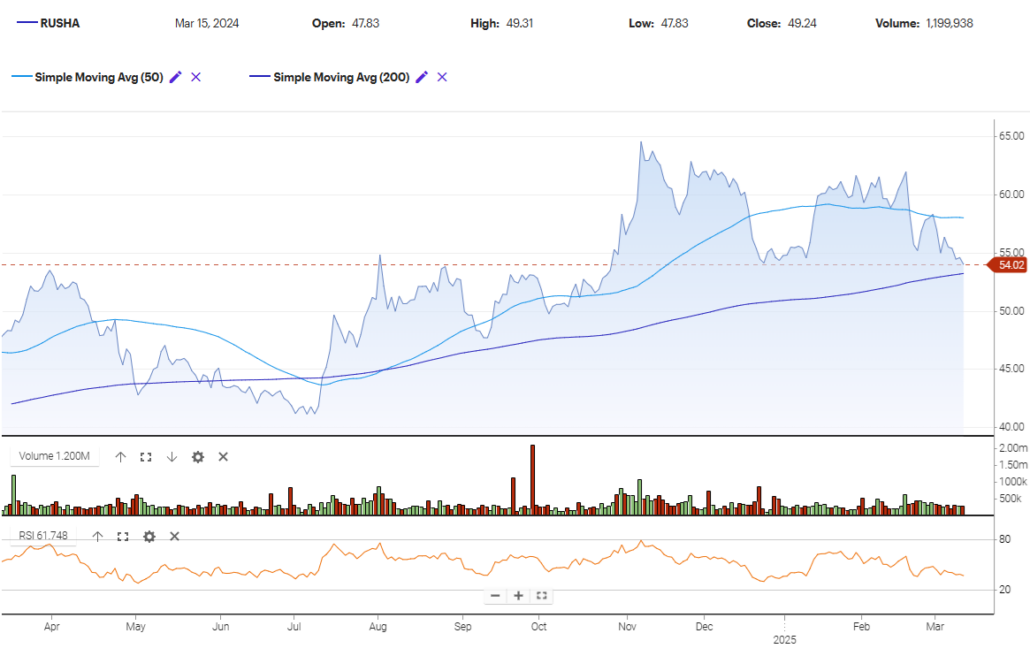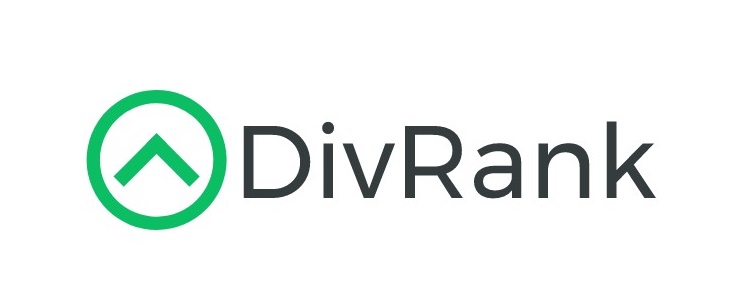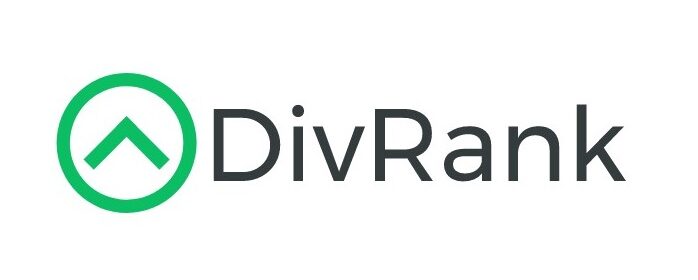Updated 3/13/25
Rush Enterprises might not grab headlines, but it plays a critical role behind the scenes of America’s commercial transportation system. As the largest network of commercial truck dealerships in the country, Rush helps keep goods moving and businesses running—selling, servicing, and supporting everything from heavy-duty trucks to aftermarket parts. For investors who care about steady income and financial durability, this company deserves a closer look.
Recent Events
2024 brought a mix of headwinds and solid execution for Rush. While overall truck demand remained fairly stable, revenue saw a slight dip year over year. For the most recent quarter, the company reported $7.8 billion in revenue—a small 1% decline compared to the same period in 2023. Net income came in at $304 million, and earnings per share dropped modestly by around 4% to $3.72.
Despite the softer numbers, Rush has kept itself well-positioned. Easing supply chain issues have helped stabilize operations, and the company’s diversified income—from used trucks, service, and parts—has provided a cushion against new vehicle sales cooling off.
One notable move from last year was the 3-for-2 stock split in August. While these splits don’t change the fundamentals, they often reflect confidence from management and can boost trading activity by making shares more accessible.
Key Dividend Metrics
🟢 Forward Yield: 1.29%
📈 Trailing Yield: 1.26%
💸 Annual Dividend: $0.72
🔁 5-Year Average Yield: 1.36%
🧮 Payout Ratio: 18.82%
📅 Dividend Pay Date: March 18, 2025
⚠️ Ex-Dividend Date: March 3, 2025
Dividend Overview
At first glance, Rush might not catch your eye if you’re screening for high-yield dividend stocks. The yield just over 1% seems modest. But the strength of this dividend lies not in how high it is, but how well it’s supported.
The company pays out less than 19% of its earnings in dividends, which is incredibly conservative. That leaves plenty of room for reinvestment, weathering downturns, or growing the dividend over time. It’s a quiet but deliberate approach to shareholder returns—less flash, more dependability.
Dividend Growth and Safety
Over the past five years, Rush has steadily increased its dividend, raising it from $0.44 to $0.72 per share when adjusted for its split. It’s not flashy growth, but it’s dependable—and backed by strong fundamentals.
Cash flow is more than sufficient to cover payouts. The company generated over $600 million in operating cash flow in the past year, and even after debt obligations, there was still a positive free cash flow buffer. That gives the dividend a wide safety margin.
Debt is part of the business model here—Rush holds about $1.73 billion in debt—but it’s well-managed. The debt-to-equity ratio sits around 80%, which is typical for a capital-heavy operation like this. With nearly $230 million in cash on hand and manageable interest costs, there’s no pressure on the dividend from the balance sheet.
Chart Analysis

Current Phase in the Market Cycle
The chart of Rush Enterprises (RUSHA) appears to be transitioning out of a distribution phase and showing early signs of markdown. From October through early January, the stock showed repeated attempts to push higher but failed to hold new highs. Volume was relatively stable during this time, but no significant buying strength emerged on those pushes. What we saw instead was rounding price action near the top—classic of late distribution. Since then, price has slipped below the 50-day moving average and is approaching the 200-day moving average, which had previously acted as a long-term support zone.
The drop in volume during the most recent decline suggests there’s no aggressive panic selling yet, but also no urgency from buyers to step in. It feels like supply is quietly overwhelming demand.
Support and Moving Averages
The 50-day moving average has rolled over and is now trending down, while price has fallen below it convincingly. That’s typically not a bullish sign and suggests a shift in sentiment. The 200-day moving average, however, is still sloping upward and sits just above the $54 mark, which is close to current price action. This level is being tested now and could serve as a short-term battleground between buyers and sellers. A clean break below it with volume could reinforce a move into markdown.
Volume and Accumulation Clues
Looking at the volume bars across the last several months, we notice a few spikes, particularly around October and early January. But most of the upward price moves during this time weren’t confirmed by matching volume surges. That disconnect between price and volume is often a sign of weakening demand.
In more recent weeks, volume has declined during rallies and picked up slightly during down days—another subtle sign that the balance is shifting toward sellers. The absence of aggressive accumulation volume at these lower levels also suggests that institutional buyers are staying patient for now.
RSI Behavior and Momentum
The Relative Strength Index (RSI) currently sits around 61, which is still neutral, but trending lower. This momentum loss began around mid-January, just as price failed to reclaim the previous high. The RSI never entered overbought territory during that rally attempt, which often hints at weakening strength beneath the surface. As price pulls back, if RSI dips below 40, that would further reinforce that bearish momentum is building.
Recent Candle Action
The last five candles are showing increasing lower wicks, indicating some dip buying interest, but none of these sessions closed strongly. There’s hesitation, not conviction. One of the recent candles shows a wider range and stronger close, but it was followed immediately by another fade. That kind of failed follow-through signals indecision at best, or passive selling pressure at worst.
So far, no single candle has shifted the character of this trend. Without a high-volume bullish engulfing or strong reversal bar, the chart remains tilted toward further downside testing.
Analyst Ratings
📈 Rush Enterprises (RUSHA) has recently attracted mixed analyst attention, with differing views on its near-term prospects.
🟢 In February 2025, one analyst reiterated an overweight rating on the stock and set a price target of $69.00. That outlook reflects optimism about Rush’s positioning in the commercial vehicle sector and its ability to maintain consistent profitability. The company’s performance in parts and service revenue, along with stable operational margins, likely contributed to this supportive stance.
🔻 On the flip side, another analyst downgraded the stock to a sell rating, citing concerns about the broader macro environment. Potential trade policy changes involving Canada and Mexico, alongside possible new emissions regulations, were flagged as risk factors that could weigh on demand for new trucks or increase operating costs. This more cautious outlook came with a trimmed price target of $50.25, closer to recent trading levels.
📊 Despite those opposing views, the overall sentiment leans constructive. The current consensus among analysts suggests a buy rating, with an average price target hovering around $69.50. That implies a potential upside of roughly 27% from where the stock last traded.
🎯 The variation in outlooks is less about disagreement on the company’s core strengths and more about sensitivity to external factors. As a result, the range of analyst targets reflects how much the broader economic backdrop could influence performance over the coming quarters.
Earning Report Summary
Fourth Quarter Snapshot
Rush Enterprises closed out the final quarter of 2024 with numbers that were steady, though slightly lower in a few key areas. The company pulled in about $2.0 billion in revenue, which was nearly identical to the same quarter the year before. Net income dipped just a bit to $74.8 million, or 91 cents per share, compared to 95 cents per share during Q4 of 2023.
The numbers didn’t show dramatic swings, but there were signs of a cooling market in some segments. Even so, the company remained consistent, which says a lot given the environment they were operating in.
Full-Year Performance
For the full year, Rush posted $7.8 billion in revenue, a small step down from $7.9 billion in 2023. Net income came in at $304.2 million, which worked out to $3.72 per share—off from last year’s $4.15. One unexpected bump in the road came from Hurricane Helene, which caused property damage and resulted in a one-time charge of about $3.3 million. That alone knocked 3 cents off earnings per share.
While total truck sales slipped slightly—down to 38,615 units from 39,686 the year before—it wasn’t a major drop. It was more of a reflection of broader industry conditions than any specific problem with Rush’s operations.
Strength in Aftermarket and Leasing
The aftermarket parts and service business continued to be a strong point, bringing in $2.5 billion in revenue for the year. That’s just a hair below the prior year’s total, showing how this segment continues to be a reliable revenue stream for the company.
Leasing and rental revenue ended up slightly ahead at $354.9 million for the year. While rental income dipped a bit in the final quarter due to lower equipment utilization, the leasing side got a lift. Rush replaced about 1,500 vehicles in its leasing fleet late in the year, modernizing their offerings and likely reducing future maintenance costs.
Rush continued rewarding shareholders through buybacks and dividends. The company repurchased $16.4 million in stock over the course of the year and introduced a new repurchase plan allowing up to $150 million in buybacks through the end of 2025. It also paid out nearly $55 million in dividends—an 8.5 percent increase from the year before.
Leadership acknowledged the economic pressures of the past year, but remained confident in their long-term strategy, emphasizing a focus on stability, customer value, and future growth.
Financial Health and Stability
Rush is not the kind of company chasing sky-high growth or margins. What it offers is stability. Return on equity at 15% and return on assets at 6.5% show this is a business that knows how to turn its resources into profits.
Liquidity is in a healthy spot with a current ratio of 1.45, and gross margins remain stable. Operating margin at 5.58% may not sound impressive, but it’s consistent with the nature of the industry—and shows Rush is staying efficient even with market shifts.
The business is capital-intensive, sure, but it’s also well-structured. Rush doesn’t overextend itself, and it keeps enough cash in the system to stay flexible.
Valuation and Stock Performance
At around $55 per share, Rush is trading at a trailing P/E of just under 15 and a forward P/E closer to 11. Those multiples are relatively low, especially for a business with this kind of reliability and dividend history.
Over the past year, the stock is up about 7%, which trails the broader market slightly. That said, it hasn’t been a bumpy ride. With a beta of 1.06, it moves mostly in line with the market, giving it a relatively steady profile for income-seeking investors.
From a valuation standpoint, this isn’t a richly priced stock. Enterprise value to EBITDA is under 8.5, which supports the idea that there could be more value under the hood—particularly if business performance improves or the market rerates the stock.
Risks and Considerations
Every business comes with risks, and Rush is no different. The biggest one here is cyclicality. When the economy slows down, so does spending on commercial trucks. Fleet buyers tend to pull back during uncertain periods, which can directly affect Rush’s topline.
Interest rates are another factor. Rising rates can hit both financing costs and customer demand. While the company has weathered recent rate hikes relatively well, persistently high rates could start to bite more deeply.
Another minor flag is the short interest. About 7% of the float is currently sold short, which could reflect some bearish sentiment or simply a hedge by institutions. It’s not a huge concern, but worth keeping an eye on.
And finally, while the dividend is safe, it’s not high. If you’re hunting for yield above 3% or more, this won’t fit the bill. But for those willing to accept a lower starting yield in exchange for dependability and potential growth, it’s a solid option.
Final Thoughts
Rush Enterprises doesn’t make a lot of noise, but it serves a core part of the economy—and it does it well. The company’s ability to generate strong, consistent cash flow, paired with a conservative and growing dividend, makes it a compelling consideration for income-focused investors.
It’s not a flashy story. But for those who appreciate quality over quantity in their dividend holdings, Rush offers a well-run, financially sound business that’s quietly rewarding patient shareholders. In a market full of volatility and headline-chasing, that kind of steadiness can go a long way.

